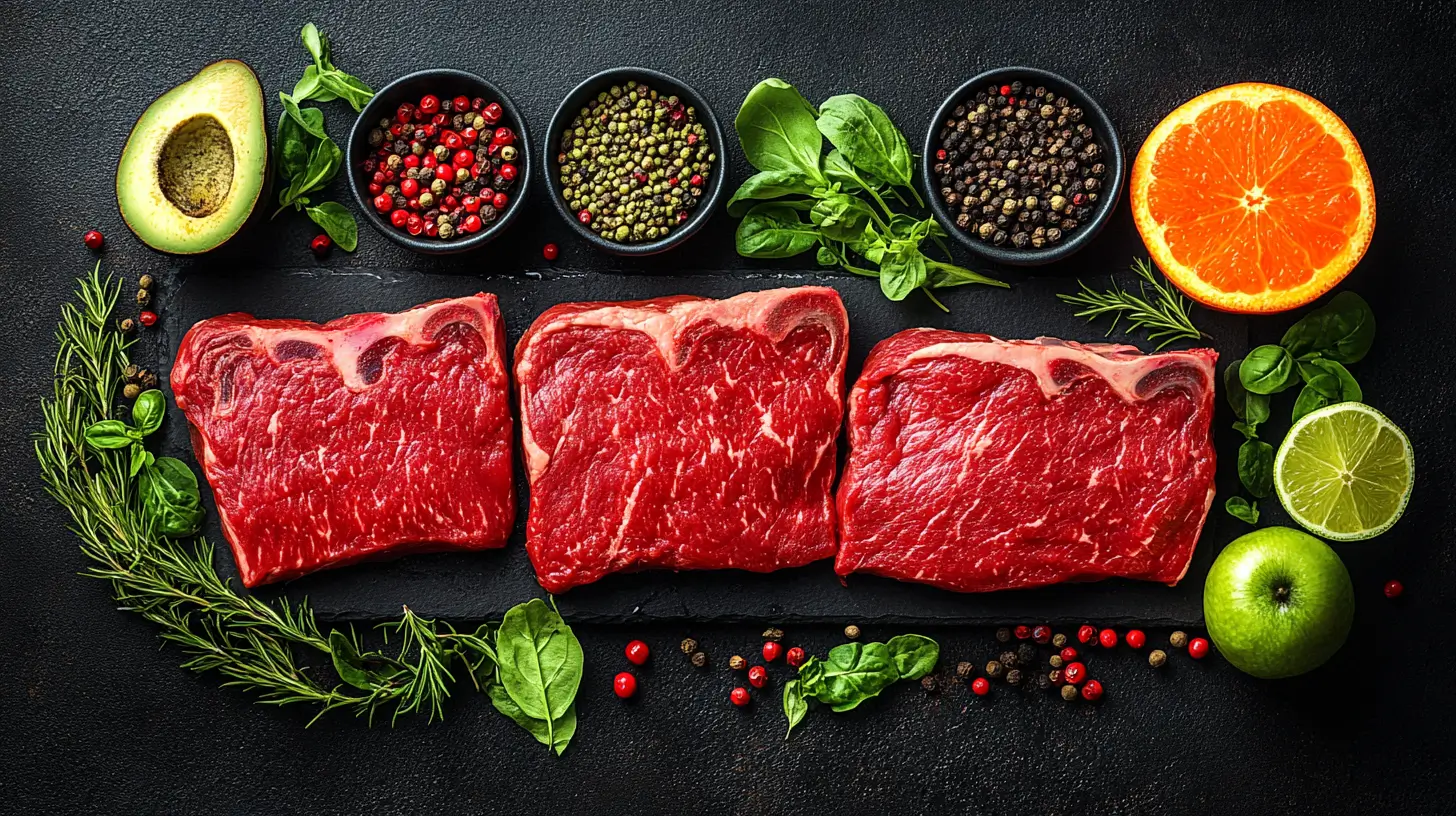- Home
- Labels and Certifications
- How to Choose the Best Certified Pork Chops on a Budget
How to Choose the Best Certified Pork Chops on a Budget
How to select top-quality affordable certified pork chops. Learn budget-friendly tips for buying the best pork chops.

Navigating the Pork Aisle: Quality Meets Affordability
Let me take you back to one of my early cooking adventures—standing in the meat aisle, utterly bewildered by the array of pork chop cuts and prices. There I was, hoping to impress with my culinary skills, but first, I had to tackle the challenge of choosing the right pork chops without breaking the bank. If you’ve found yourself in a similar situation, you’re in the right place.
Choosing the best certified pork chops on a budget doesn't have to be complicated. It’s about balancing quality and cost while ensuring you're buying ethically sourced and delicious meat. Here’s a straightforward guide to help you make an informed choice that’s kind to your wallet and your palate.
Understanding Pork Chop Certifications
Pork certifications can be your roadmap to understanding what you’re buying. These labels provide insight into the farming practices and quality of life for the animals, which can greatly influence the taste and quality of the meat. Here are the most common certifications you should know:
- USDA Organic: This certification ensures the pigs were raised without synthetic fertilizers, pesticides, and antibiotics. Organic feed is a must-have.
- Animal Welfare Approved: This label indicates high welfare standards for animals on independent family farms.
- Certified Humane: It means that the pigs have ample space, shelter, and gentle handling to limit stress.
- Pasture Raised: Pigs are raised on pasture, not in confinement, enhancing the nutritional quality and flavor of the pork.
Understanding these certifications can help you choose pork chops that align with your ethical and dietary preferences, contributing to better health and more flavorful meals.
Choosing the Right Cut
Not all pork chops are created equal. The cut you choose affects both the price and how you should prepare it. Here’s a rundown of the most common cuts:
- Bone-in Rib Chops: Rich in flavor, tender, and with a little more fat, these chops are perfect for grilling or frying. They tend to be pricier but are worth the extra cents.
- Loin Chops: These are leaner and more budget-friendly, ideal for quick cooking methods like pan-searing or broiling.
- Boneless Chops: Often the most economical option, they are versatile for a variety of dishes but require careful cooking to avoid drying out.
Choosing the right cut depends on your cooking style, the recipe you plan to use, and, of course, your budget.
Where to Buy: Quality and Price
The place you decide to buy your pork chops can also impact their quality and cost. Here are some options:
- Local Farmers' Markets: These can be a great source for high-quality, ethically raised pork. Prices might be slightly higher, but the quality and freshness often justify the cost.
- Supermarkets: Typically offer a variety of cuts and certifications at a range of price points. Watch for sales and discounts to snag a great deal.
- Butcher Shops: If you’re looking for expert advice alongside your purchase, a reliable butcher can guide you to the best options for your needs and budget.
- Online Meat Delivery Services: These services offer convenience and a wide selection often sourced directly from farms. Look for promotions and bulk buying options to save money.
Remember, the best place to buy depends on your personal priorities, whether it's cost, convenience, or supporting local businesses.
Price-Saving Tips for Pork Chop Shoppers
Budget-conscious shopping doesn’t mean you have to compromise on quality. Here are some practical tips to keep in mind:
- Buy in Bulk: Consider purchasing larger quantities and freezing what you don’t need immediately. Many stores offer discounts on bulk buys.
- Be Flexible: Sometimes, the best deals aren’t on your first choice. Being adaptable and opting for what’s on sale can save you quite a bit.
- Look for Deals: Keep an eye on weekly flyers and online coupons. Timing your purchases around sales can lead to significant savings.
- Proper Storage: Ensuring your pork chops are stored correctly at home can prevent waste due to spoilage. Vacuum-sealing and refrigeration are key.
With these tips, you’ll be better equipped to make smart buying decisions that balance cost and quality.
Conclusion: Bringing It All to the Table
We’ve covered certifications, cuts, shopping venues, and how to save money—all aimed at helping you navigate the complexities of buying pork chops on a budget. Remember, the best choice combines ethical considerations, flavor, and affordability. Armed with this knowledge, I hope you feel inspired and confident as you select pork chops that will satisfy your taste buds and your budget.
Next up, why not take these tips for a test drive? Plan a meal around those perfect pork chops, gather your loved ones, and enjoy the fruits of your savvy, smart shopping. Bon appétit!



